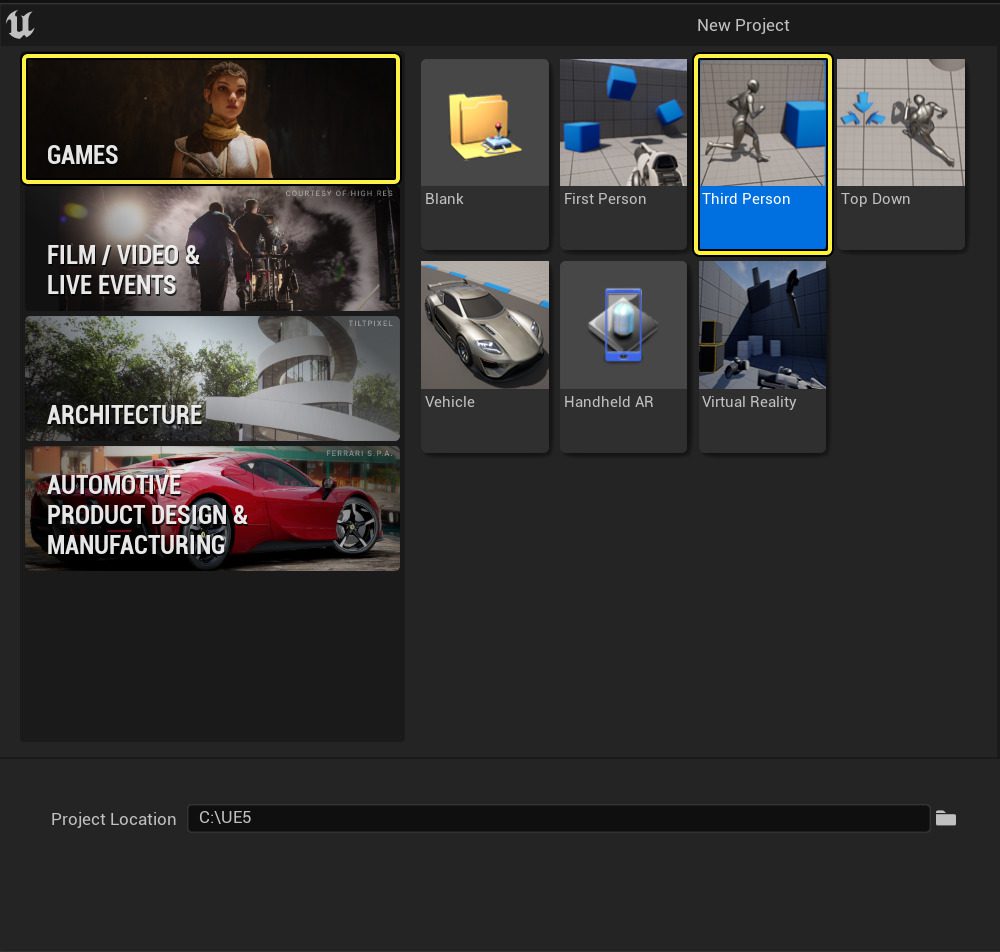Unreal Engine is a game engine developed by Epic Games that helps developers create video games for various platforms, including PC, consoles, and mobile devices. It includes features such as 3D graphics rendering, physics and collision detection, AI and scripting tools, and networking capabilities. Getting started with Unreal Engine involves downloading it from the Epic Games website, and learning from tutorials, documentation and forums. The software includes a powerful level editor to design custom levels, a range of built-in character models and animations, a visual scripting language known as Blueprints, several performance optimization tools, testing tools and deployment options. Unreal Engine makes it easier to create dynamic games using its powerful tools and features.
Introduction:
Games have come a long way since their humble beginnings as simple text-based adventures. Today’s video games are immersive experiences featuring dynamic virtual environments, engaging characters, and thrilling gameplay. One of the most powerful tools used to create these games is Unreal Engine. This guide will provide a comprehensive overview of Unreal Engine, and explain how to use the software to create dynamic games.
What is Unreal Engine?
Unreal Engine is a game engine developed by Epic Games. It is a complete suite of tools designed to help developers create video games for a variety of platforms, including PC, consoles, and mobile devices. It includes a wide range of features, such as 3D graphics rendering, physics and collision detection, AI and scripting tools, and networking capabilities. Unreal Engine is known for its ease of use, powerful performance, and flexibility, making it a popular choice among developers.
Getting Started with Unreal Engine:
Before diving into the complex process of creating games with Unreal Engine, it’s important to get acquainted with the software itself. Unreal Engine can be downloaded for free from the Epic Games website, alongside a wealth of learning resources, including tutorials, documentation, and forums. Once you have installed the software, you can start exploring the various features and tools, and begin to create your own game.
Creating a Project:
The first step in creating a game with Unreal Engine is to create a new project. This can be done from the main menu by selecting “New Project” and choosing a template that fits your needs. Each template comes pre-configured with specific settings, such as graphics quality and game mechanics. Once you have selected a template, you can customize it to meet your requirements, adding or removing features and setting your own preferences.
Building Levels:
A key part of any video game is the game world or environment, known as a level in Unreal Engine. The software includes a powerful level editor, which allows you to create and design custom levels. This can be done using pre-made assets, such as textures, models, and sounds, or by creating your own from scratch. The level editor also includes a range of tools for adjusting lighting, terrain, and other environmental features, allowing you to create immersive and visually stunning game worlds.
Adding Characters and Assets:
Once you have built your level, it’s time to populate it with characters and other assets. Unreal Engine includes a wide range of built-in character models, animations, and audio files, which can be used to quickly and easily create basic NPCs and enemies. However, if you want to create custom characters and assets, you will need to use external software, such as Maya or Blender, to create them from scratch.
Programming with Blueprints:
Unreal Engine includes a visual scripting language known as Blueprints, which allows you to create complex gameplay mechanics and AI behaviours without needing to write code. Blueprints work by connecting nodes together, which represent different game elements, such as inputs, outputs, variables, and functions. This makes it easy to create complex interactions between characters, objects, and the game environment.
Optimizing Performance:
One of the biggest challenges when creating video games is ensuring that they run smoothly and efficiently on a variety of hardware configurations. Unreal Engine includes a range of performance optimization tools, such as real-time profiling and debugging, as well as libraries for optimizing graphics rendering and texture compression. By using these tools, you can optimize your game to run smoothly on a variety of platforms and devices.
Testing and Deployment:
Once you have created your game, it’s time to test it and deploy it to a range of platforms. Unreal Engine includes a range of testing tools, such as in-editor playtesting, as well as support for external testing tools, such as Steamworks and TestFlight. Once your game has been thoroughly tested, you can deploy it to a range of platforms, including PC, consoles, and mobile devices.
Conclusion:
Creating video games can be a complex and challenging process, but with the help of Unreal Engine, it’s easier than ever to create dynamic and engaging games. By following the steps outlined in this guide, you can create your own games, from concept to deployment, using the powerful tools and features of Unreal Engine. Whether you’re an experienced developer or just starting out, Unreal Engine is a versatile and powerful tool for creating the games of your dreams.
